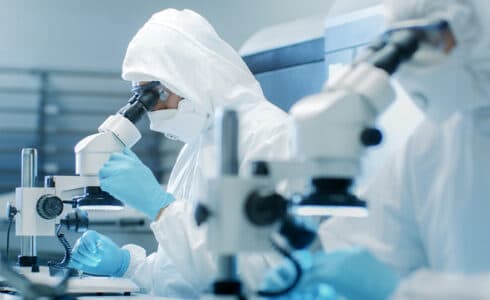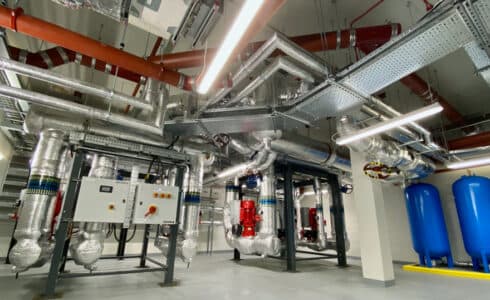Key Milestones in Cleanroom Evolution
Introduction of HEPA Filters
The introduction of High-Efficiency Particulate Air (HEPA) filters was a game-changer in cleanroom technology. These filters are designed to trap tiny particles, ensuring that the air inside the cleanroom remains free from contaminants. HEPA filters have become a standard in maintaining clean environments across various industries.
Advancements in Air Purification Systems
Over the years, air purification systems have seen significant advancements. Modern systems are more efficient and reliable, providing a robust and reliable cleanroom environmental monitoring service. These systems help validate and ensure that cleanrooms meet the necessary standards to be classified according to the ISO.
Integration of Robotics and Automation
The integration of robotics and automation has revolutionised cleanroom operations. Robots can perform tasks with precision and consistency, reducing the risk of human error and contamination. This technological leap has made cleanrooms more efficient and effective in maintaining contamination-free environments.
The evolution of cleanroom technology has been marked by continuous improvements and innovations, making it possible to meet the ever-growing demands of various industries.
Applications Across Various Industries
Cleanrooms play a crucial role in many industries, ensuring that products are made in a contamination-free environment. These controlled spaces are essential for maintaining high standards of quality and safety.
Semiconductor and Electronics Manufacturing
Cleanrooms are vital in the semiconductor and electronics industries. They help in the production of microchips and other electronic components, where even a tiny particle can cause defects. The demand for cleanrooms in this sector continues to grow as technology advances and devices become more complex.
Pharmaceutical and Biotechnology
In the pharmaceutical and biotechnology fields, cleanrooms are used to produce sterile medications and conduct research. These environments prevent contamination, ensuring that products are safe for consumption. The healthcare sector also benefits from cleanroom technology in surgical environments and research laboratories.
Aerospace and Medical Research
The aerospace industry relies on cleanrooms to assemble and test spacecraft and satellites. These environments ensure that no contaminants interfere with sensitive equipment. Similarly, in medical research, cleanrooms are used to study diseases and develop new treatments without the risk of contamination.
Cleanrooms are indispensable in various industries, providing a controlled environment that ensures the highest standards of quality and safety.



